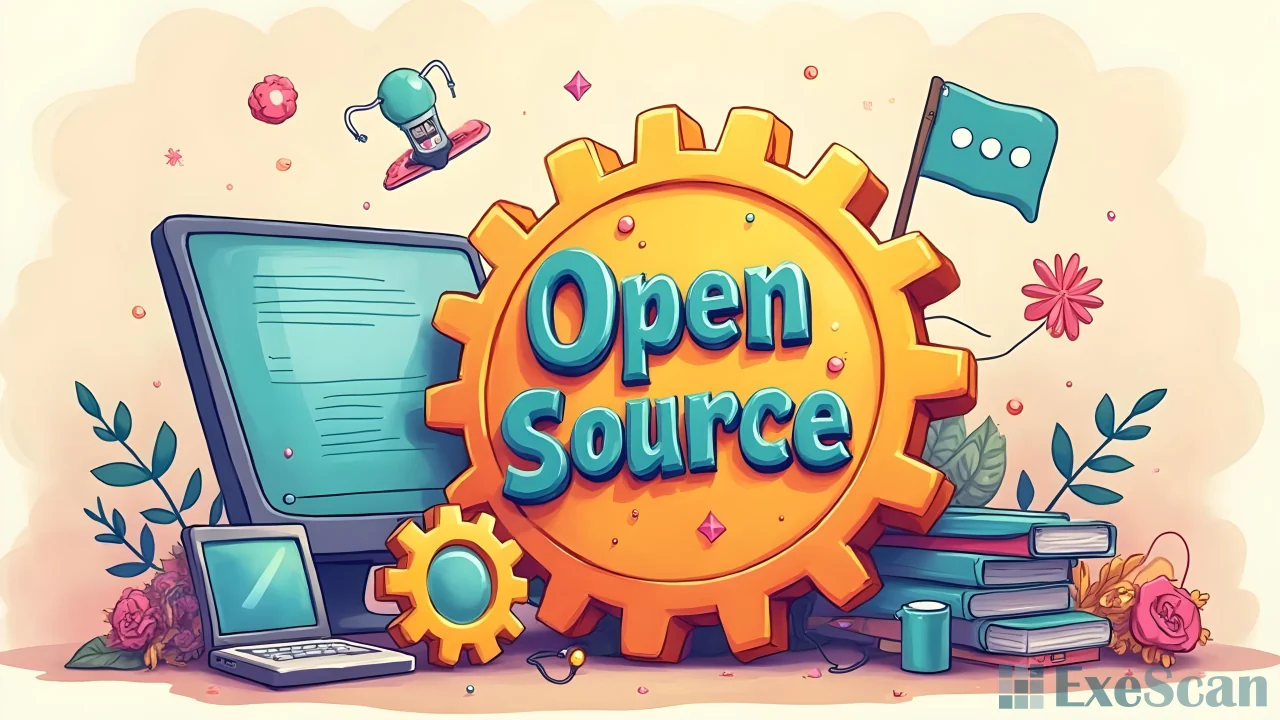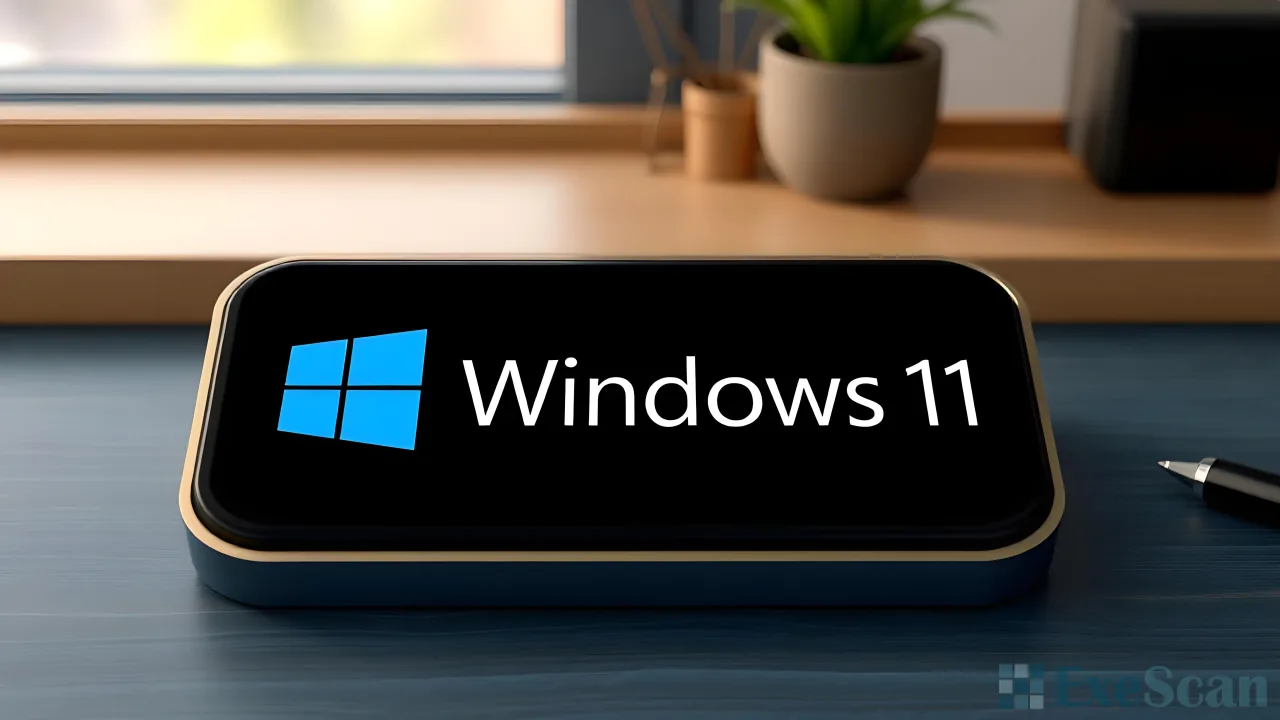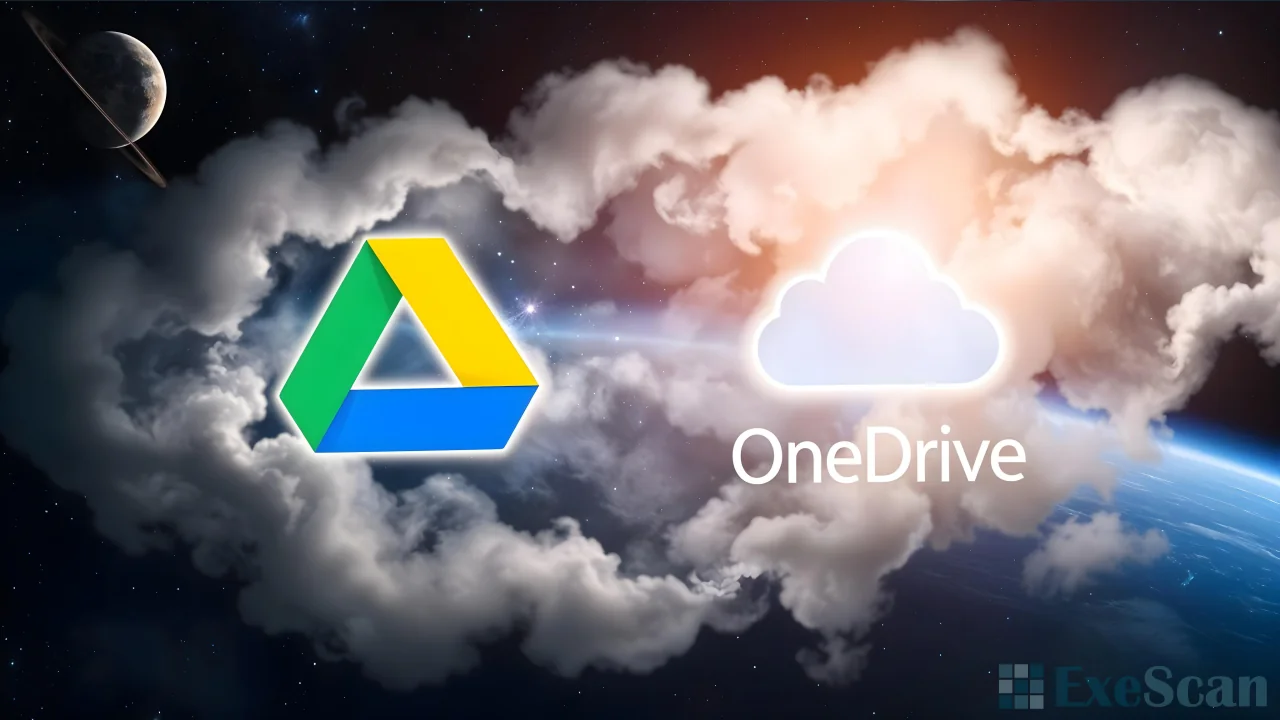When it comes to selecting software, deciding between proprietary and open-source options can be challenging. Open-source software has gained significant traction in recent years, and for good reason. In this article, I’ll discuss why you should consider open-source software, including its benefits and potential drawbacks, while also recommending some popular open-source programs.
What Is Open-Source Software?
Open-source software is software with a source code that anyone can access, modify, and distribute. Unlike proprietary software, where the code is hidden and controlled by the company that develops it, open-source software encourages collaboration and transparency. This community-driven approach has led to the creation of a vast array of powerful and versatile software tools that are freely available.

Advantages of Open-Source Software
Cost-Effectiveness
One of the most significant advantages of open-source software is its cost. Most open-source software is available for free, which can result in substantial savings, especially for businesses and organizations. Without the burden of licensing fees, you can allocate your budget to other important areas, such as hardware upgrades or staff training.
Flexibility and Customization
Open-source software offers a level of flexibility that proprietary software often lacks. Since the source code is open, you can customize the software to suit your specific needs. This is especially beneficial for businesses that require tailored solutions but do not have the resources to develop custom software from scratch. The ability to modify the software also means you’re not limited by the original developer’s design or vision.
Security Through Transparency
Security is a crucial consideration for any software, and open-source software offers unique advantages in this area. Because the source code is publicly available, it undergoes constant scrutiny by developers and security experts around the world. This collaborative approach often leads to quicker identification and resolution of vulnerabilities. However, it’s important to note that while open-source software can be more secure, the fact that the code is open also means that potential attackers can study it for weaknesses.
Strong Community Support
Open-source software is often supported by a large, active community of users and developers. This community can be an invaluable resource when you encounter issues or need help with implementation. Online forums, extensive documentation, and user guides are typically available, providing a wealth of information at your fingertips. The collective knowledge and experience of the community can sometimes be more helpful than the traditional customer support provided by proprietary software vendors.
Avoiding Vendor Lock-In
Vendor lock-in is a common issue with proprietary software, where you can become dependent on a single vendor’s ecosystem. This can make switching to a different system difficult and costly. Open-source software, on the other hand, allows you to avoid these restrictions. You have the freedom to switch systems or modify the software without being tied down by vendor contracts or compatibility issues.
Popular Open-Source Software Programs
If you’re interested in exploring open-source software, here are a few widely-used programs that have gained popularity across various fields:
- Linux: An open-source operating system that powers millions of servers, desktops, and devices worldwide. It’s known for its stability, security, and flexibility.
- LibreOffice: A powerful office suite that includes word processing, spreadsheets, presentations, and more. It’s a free alternative to Microsoft Office, with broad compatibility and a familiar interface.
- GIMP: A versatile image editing software that offers many of the same features as Adobe Photoshop. It’s popular among photographers and graphic designers who need advanced tools without the hefty price tag.
- VLC Media Player: A cross-platform media player that supports almost every audio and video format. It’s lightweight, easy to use, and completely free.
- WordPress: A widely-used content management system (CMS) that powers over 40% of websites on the internet. It’s highly customizable and supported by a vast array of plugins and themes.
Disadvantages of Open-Source Software
While open-source software offers numerous benefits, it’s also important to consider the potential downsides.
Complexity in Implementation
Implementing and managing open-source software can be more complex than using proprietary software, especially if you lack in-house technical expertise. The flexibility that open-source software provides can also make setup and customization more challenging and time-consuming.

Potential Security Risks
While open-source software can be more secure due to its transparency, this same transparency can also be a disadvantage. Because the source code is publicly accessible, it’s possible for malicious actors to study the code and identify vulnerabilities. This makes it essential to stay up-to-date with security patches and community advisories.
Limited Professional Support
Unlike proprietary software, where dedicated support teams are available, open-source software often relies on community support. While this community can be helpful, it may not always be as reliable or timely as professional support. In some cases, businesses may need to invest in external support or hire specialized staff to manage the software.
Compatibility and Feature Limitations
Compatibility issues can arise when integrating open-source software with existing proprietary systems. Some open-source tools may not work seamlessly with other software or hardware, requiring additional customization. Additionally, open-source software may not always offer the same level of features or user experience as proprietary alternatives, particularly for specialized applications.
Conclusion
Open-source software is a powerful and cost-effective alternative to proprietary software, offering significant advantages in terms of flexibility, security, and community support. However, it’s also important to be aware of the potential drawbacks, including implementation complexity, security risks, and support limitations.
By carefully weighing these pros and cons, you can make an informed decision about whether open-source software is the right choice for your needs. For many individuals and businesses, the benefits far outweigh the challenges, making open-source software an attractive option in today’s digital landscape.


